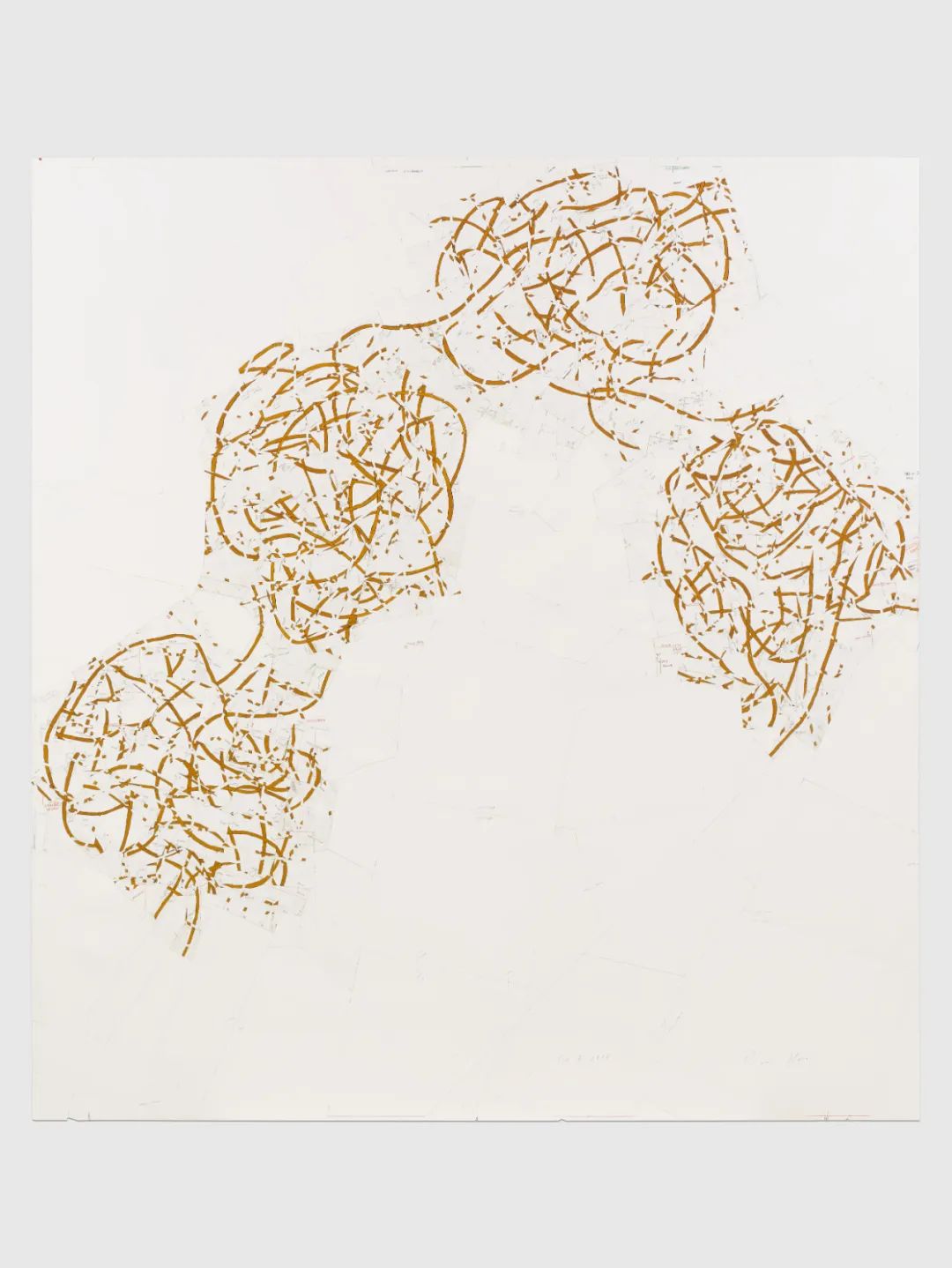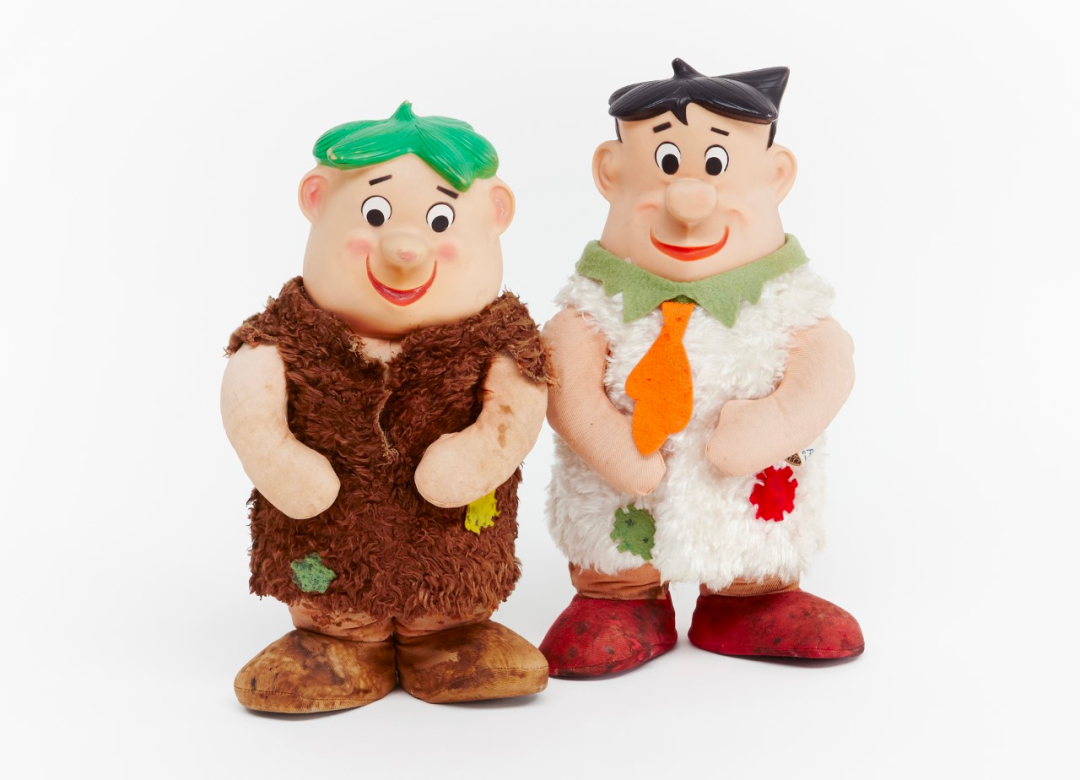
Roni Horn, Water Double v. 1, 2013-2015. Solid cast glass with as-cast surfaces, with oculus, 52 x 56 inches. ? Roni Horn. Courtesy of the artist and Hauser & Wirth. Photo: Roni Horn Studio. Photo: Ron Amstutz (top), Genevieve Hanson (bottom).
He Art Museum (HEM) announces Roni Horn's largest solo exhibition in Asia — "Roni Horn: A dream dreamt, in a dreaming world is not really a dream... but a dream not dreamt is." Co-curated by the artist and HEM, this exhibition revolves around her long-standing philosophy, creating uncertain encounters in a de-centered, de-linearized, and de-interpreted space, refusing any dominating narrative to erode the infinite possibilities of the works. The exhibition will be shown on the first to third floors of The Museum, presenting 50 representative works from the artist's career, covering various medium such as painting, video and sculpture.
Using drawing, photography, sculpture, and artist's books, Roni Horn’s work consistently questions and generates uncertainty to thwart closure in her work, engaging with many different concerns and materials. Important across her oeuvre is her longstanding interest to the protean nature of identity, meaning, and perception, as well as the notion of doubling; issues which continue to propel Horn’s practice.

Roni Horn, Or 6, 2013-2014. Powdered pigment, graphite, charcoal, colored pencil, and varnish on paper. Courtesy of Glenstone Museum. ? Roni Horn. Courtesy of the artist and Hauser & Wirth. Photo: Tom Powel.
Since the mid-1990s, Horn has been producing cast-glass sculptures. For these works, colored molten glass assumes the shape and qualities of a mold as it gradually anneals over the course of months. The sides and bottom of the resulting sculpture are left with the rough translucent impression of the mold in which it was cast. By contrast, the top surface is smooth and gives the appearance of liquid under tension. The seductively glossy surface invites the viewer to gaze into the optically pristine interior of the sculpture, as if looking down on a body of water. Exposed to the reflections from the sun or to the shadows of an overcast day, Horn’s glass sculpture relies upon natural elements like the weather to manifest her experimentations in color, weight and lightness, solidity and fluidity. The endless subtle shifts in the work’s appearance place it in an eternal state of mutability, as it refuses a fixed visual identity. Begetting solidity and singularity, the changing appearance of her sculptures is where one discovers meaning and connects her work to the concept of identity.
For Horn, drawing is a primary activity that underpins her wider practice. Her intricate works on paper examine recurring themes of interpretation, mirroring and textual play, which coalesce to explore the materiality of color and the sculptural potential of drawing. Horn’s preoccupation with language also permeates some of her drawing. Words are her images and she paints them expressionistically, which—combined with her method—causes letters to appear indeterminate.


Roni Horn, The Selected Gifts, (1974–2015), 2015–2016. Ink jet prints on Hahnemuehle paper, 67 parts (detail). ? Roni Horn. Courtesy of the artist and Hauser & Wirth.
Notions of identity and mutability are also explored within Horn’s photography, which often consist of multiple pieces and installed as a surround which unfolds within the gallery space. Examples include her series The Selected Gifts, (1974 – 2015), photographed with a deceptively affectless approach that belies sentimental value. Here, Horn’s collected treasures float against pristine white backdrops in the artist’s signature serial style, telling a story of the self as mediated through both objects and others—what the artist calls ‘a(chǎn) vicarious self-portrait.’ This series, alongside her other photographic projects, build upon her explorations into the effects of multiplicity on perception and memory, and the implications of repetition and doubling, which remain central to her work.
About the Artist
Roni Horn was born in New York in 1955, and lives and works in New York. She received a BFA from the Rhode Island School of Design and an MFA from Yale University. Horn explores the mutable nature of art through sculptures, works on paper, photography, and books. She describes drawing as the key activity in all her work, “because drawing is about composing relationships.” Horn’s drawings concentrate on the materiality of the objects depicted. She also uses words as the basis for drawings and other works. Horn crafts complex relationships between the viewer and her work by installing a single piece on opposing walls, in adjoining rooms, or throughout a series of buildings. She subverts the notion of “identical experience,” insisting that one’s sense of self is marked by a place in the “here-and-there” and by time in the “now-and-then.” She describes her artworks as “site-dependent,” expanding upon the idea of site-specificity associated with minimalism.
About the Exhibition
 Dates: 2023.06.07 - 10.07
Dates: 2023.06.07 - 10.07
Venue: He Art Museum (HEM)
Courtesy of He Art Museum (HEM) .




























